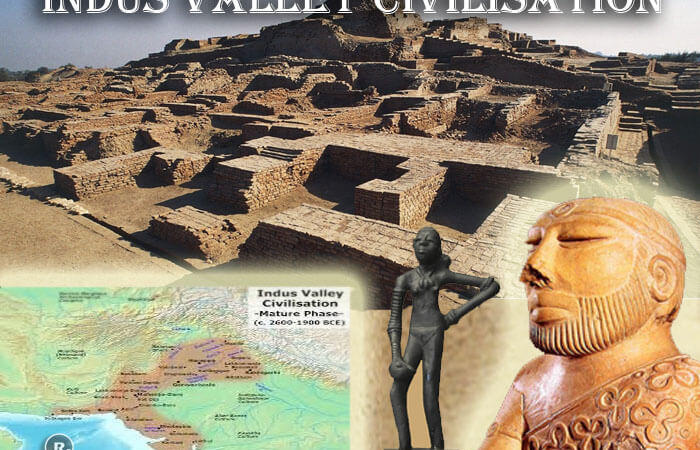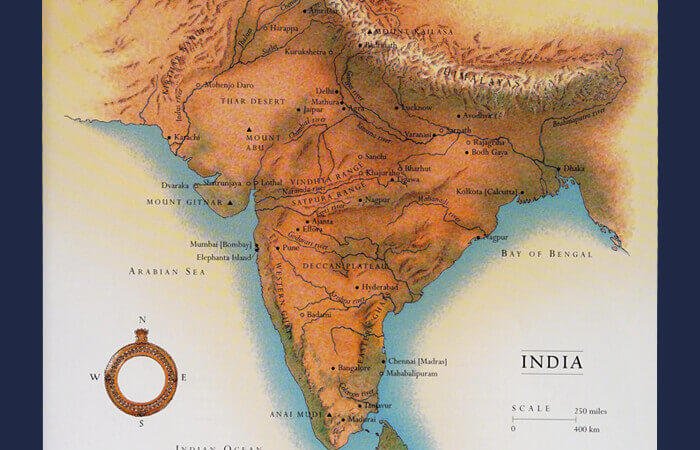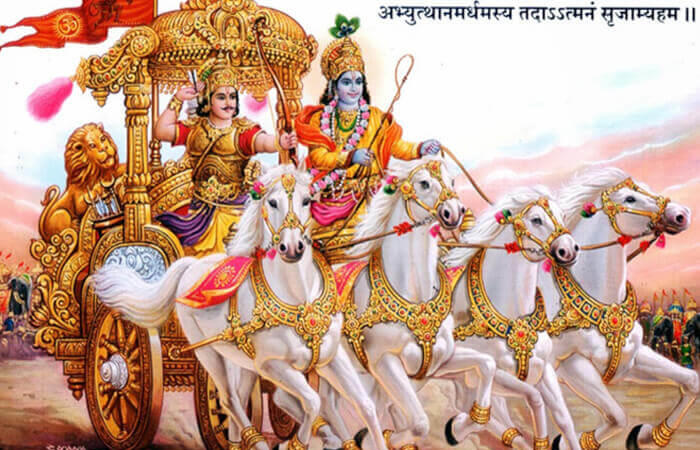Battle of Saragarhi – 21 Sikhs Against 10,000 Afghans

The Battle of Saragarhi took place on 12th September 1897 in Tirah region of North-West Frontier Province (now in Pakistan) and is considered to be the greatest battle where 21 gallant soldiers of 36 Sikh Regiment fought with an army of 10,000 Afghans.
It was in late 19th century when tension grew between Britain and Russia as these nations battled over domination of territories in Central Asia. Saragarhi was a post that connected British India forts of Lockhart and Gulistan on the border area of Afghanistan and was frequently attacked by both Afghan tribes and Russian Army. The post was usually attacked by the Afghans, but in 1897 the Afghans attacked with an army of 10,000 soldiers, it was when the post was guarded by Sikh soldiers who decided to retaliate instead of retreating.
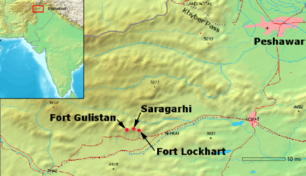
Saragarhi Battle
The great historical event happened when at 9 in the morning when Gurmukh Singh, who was in charge of sending signals through the heliograph, saw a troop of 10,000 Afghans approaching and communicated this to Lieutenant Colonel Haughton that they were under attack and urgently needed reinforcements.
Haughton was unable to send immediate help to Saragarhi it was then Havildar Ishar Singh, the leader of the 21 gallant Sikh warriors decided to fight themselves and the battle began. The battle finally began when Sepoy Bhagwan Singh became the first casualty. The injured Lal Singh and Jiwa Singh dragged the martyred Bhagwan Singh back to the post. Naik Lal Singh and Sepoy Jiwa Singh reportedly carry the body of Bhagwan Singh back to the inner layer of the post.
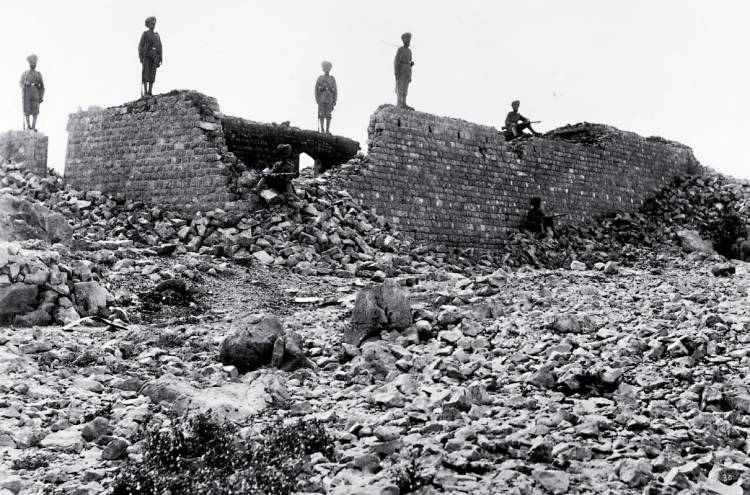
After two unsuccessful attempts at the gates, the Pashtun forces eventually breached the wall. Fierce hand-to-hand fighting ensued. Ishar Singh commanded his men to fall back to the inner layer to secure the last line of defence. Gurmukh Singh was the last surviving defender. Yelling the popular Sikh clarion cry, “Jo Bole So Nihal, Sat Sri Akal” repeatedly, Gurmukh Singh, the 19-year-old warrior, plunged into the wave of enemy soldiers and succumbed to death but not before killing 20 Afghans. He was burnt to death when the tribesmen set fire to the post. Nearly 600 Afghan tribesmen were killed by only 21 Sikh soldiers.
The soldiers defended their post long enough to for the relief column to arrive with artillery support. If they decided to abandon the post, the enemy would have easily captured the two forts. Having destroyed Saragarhi, the Afghans turned their attention to Fort Gulistan, but they had been delayed too long, and reinforcements arrived there in the night of 13–14 September, before the fort could be captured.

The Pashtuns later admitted that they had lost about 180 killed and many more wounded during the engagement against the 21 Sikh soldiers, but some 600 bodies are said to have been seen around the ruined post when the relief party arrived (however, the fort had been retaken, on 14 September, by the use of intensive artillery fire, which may have caused many casualties). The total casualties in the entire campaign, including the Battle of Saragarhi, numbered around 4,800.
Order of Merit
All the 21 Sikh non-commissioned officers and soldiers of the 36th Sikh Regiment were posthumously awarded the Indian Order of Merit Class III, the highest bravery award given to Indians at that time. It was the first time that all members of the single battle won the award. The award is equivalent to today’s Param Vir Chakra.
To commemorate the Battle of Saragarhi 12th September is celebrated as the Saragarhi Day and is observed as Sikh Military Commemoration day. The names of the 21 Sikhs are engraved on the walls of the Memorial Gurdwara in Amritsar. Recently a Bollywood movie ‘Kesari’ starring Akshay Kumar shows The Battle of Saragarhi and the story of the brave hearts.
Suggested Read: History of India


